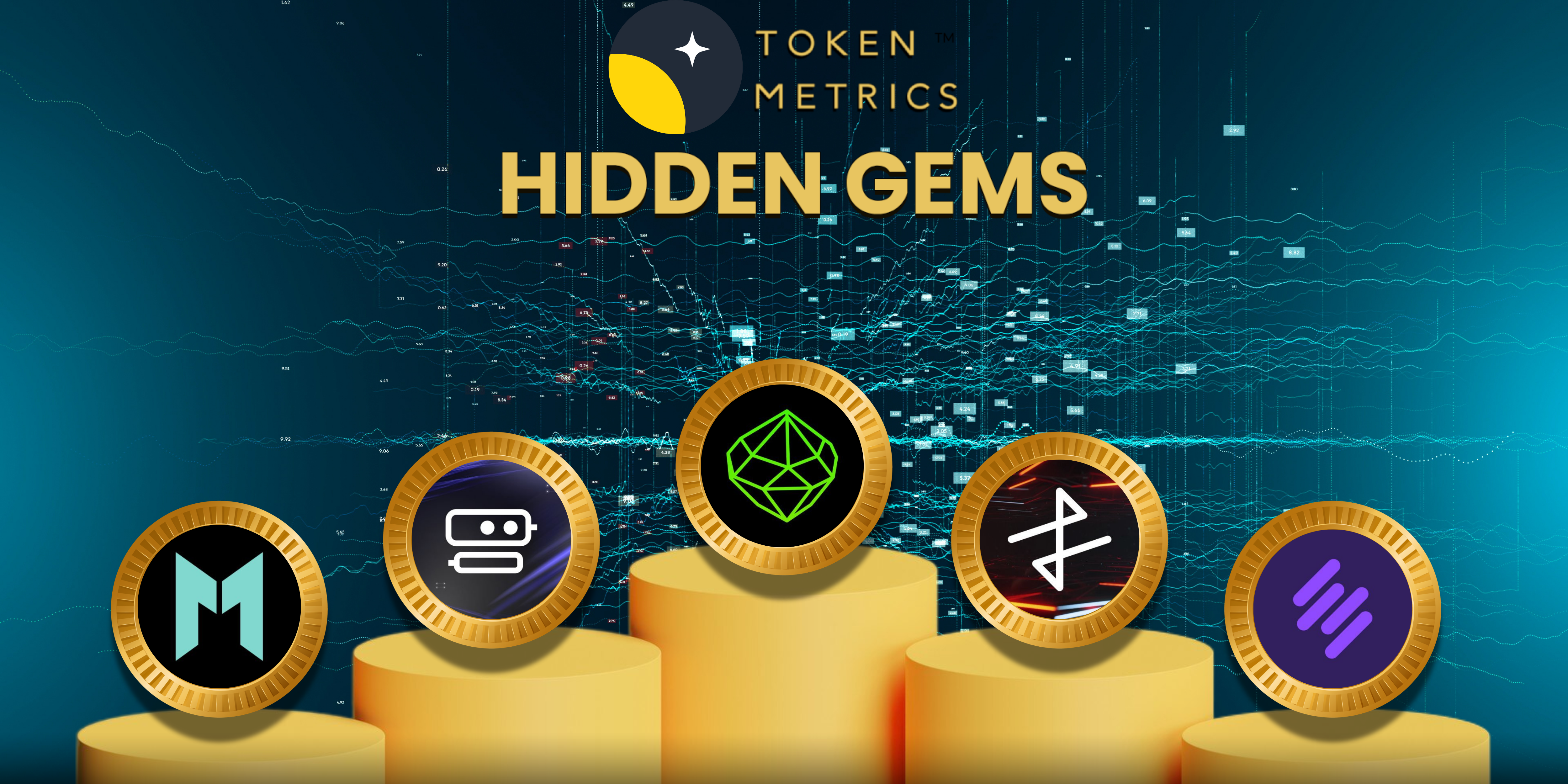Executive Summary
Apex Fusion is a decentralized platform that bridges EVM and UTXO ecosystems, allowing for the smooth transfer of assets and development across various blockchain protocols. It comprises Prime (Layer 1), Vector (a UTXO-based Layer 2), and Nexus (an EVM-compatible Layer 2), offering rapid transactions and affordable fees. Prime leverages Ouroboros PoS for enhanced security, and Reactor facilitates asset transfer between layers. The platform empowers DeFi, gaming, and financial applications with its scalable infrastructure.
Apex Fusion is a unified platform comprising three interconnected blockchain networks. Each network is tailored for specific use cases, ensuring optimal performance. The platform operates on a single primary token, Apex, simplifying asset management across all networks.
About The Project
Vision
Apex Fusion envisions a vibrant blockchain ecosystem where communities collaborate, share resources and foster innovation. By prioritizing collective goals and utilizing cutting-edge technology, the project aims to accelerate the adoption of Web3, creating a decentralized and open future. Through transparency, adherence to regulations, and a dedication to the ecosystem’s well-being, Apex Fusion seeks to build a sustainable foundation that supports continuous growth.
Problem
Blockchain networks vary in their functionalities, with platforms like Ethereum offering versatile computational capabilities and others, such as Bitcoin, specializing in cryptocurrency transactions. While users can benefit from these individual networks, the differences between them can create challenges when integrating services. One significant obstacle is the need to manage multiple native tokens for interacting with different networks, requiring users to own and transfer tokens between chains.
Solution
Apex Fusion addresses the limitations of fragmented blockchain ecosystems by providing a composite system of blockchain networks. Its interconnected network architecture allows for seamless asset transfers and optimized service execution across multiple chains. The platform’s foundation is the Ouroboros consensus protocol, ensuring security and efficiency. By combining the advantages of EVM and UTXO sidechains, Apex Fusion offers a comprehensive solution that supports both smart contract functionality and efficient value transfer. The Apex token, unique to the Prime chain, serves as a universal currency within the ecosystem, facilitating transactions across all networks.
Network Architecture
The Apex Fusion architecture mitigates the blockchain trilemma by deploying the Ouroboros consensus protocol as L1 for security and decentralization (Prime chain). The initial solution will provide scalability within the ecosystem via internally bridged L2s using both UTXO (Vector chain) and EVM side chains (Nexus chain), with more chains to follow. The following diagram exhibits the multichain architecture of Apex Fusion.

The Apex Fusion user experience is aimed at seamless operation between chains in the system and beyond. A robust app that serves as a wallet and interface for Fusion ecosystem will be developed post-launch with the goal of creating a frictionless experience for users to store and trade their tokens. At the same time, developers can access the power of their wallets through APIs and SDKs in widely adopted programming languages for further commercial adoption.
Market Analysis
According to the latest stats, Ethereum is the biggest smart contract platform, boasting a total locked value (TVL) of $48.5B. This accounts for more than 55% of the total TVL across all blockchain networks. This makes Ethereum the most liquid chain. At the same time, the Bitcoin ecosystem is also evolving at a very rapid pace with many new L2s entering the scene in the last 12 months. The total value locked in Bitcoin L2s exceeded $1B earlier this year.
These stats indicate that there could be an increasing demand for projects like Apex Fusion which are bridging both Ethereum and Bitcoin ecosystems. Most of Ethereum and Bitcoin L2s have fully diluted market capitalizations in billions of dollars; this potentially gives a massive upside to Apex Fusion.
Unique Value Proposition
The unique multichain model of Apex Fusion makes it different from any Bitcoin or Ethereum L2s. With each chain serving its purpose, developers can deploy their EVM-compatible Dapps on its Nexus Network while leveraging the security of it’s UTXO-based base layer. These features set Apex Fusion apart from every other project in Bitcoin and Ethereum.
Features
Apex Fusion integrates EVM and UTXO ecosystems with the following unique features:
Prime Network (UTXO L1) – Provides a robust and decentralized backbone securing the base layer leveraging UTXO model advantages within a proven liquid staking consensus framework.
Vector Network (UTXO L2) – Optimized high-speed sidechain specialized for rapidly processing transactions like DeFi swaps and gaming interactions.
Nexus Network (EVM L2) – EVM-compatible execution environment via L2 scaling technology facilitating integration with Ethereum’s tools and ecosystems.
Reactor router – Bridging Apex token between chains in the ecosystem. The initial architecture currently supports the three original chains, but supports the inclusion of additional chains as the ecosystem grows.
Ouroboros Consensus – Apex Fusion’s architecture consists of the Ouroboros consensus protocol as the base layer, anchoring both EVM and UTXO Layer 2 side chains, thus harnessing the strengths of the best liquid staking consensus protocol and the broad mass utility of smart contracts on EVM blockchains.
Optimizing Nodes For High Performance – Apex Fusion is designed to incentivize employment of primarily bare-metal machines, which can be fine tuned for high performance and reliability. These machines are housed in specially designed data centers, equipped with optical connections. This setup is engineered to maximize efficiency and performance, ensuring that networks operate at the pinnacle of technological excellence.
Token
APEX will be the native token of Apex Fusion’s multichain ecosystem. It will have the following core utilities:
- Transactions Fees
- Interchain Transfers
- Rewards and Staking Incentives For Holders
Investors
Apex Fusion closed its $6M round in October 2024 at a $180M valuation. The round was lead by renowned VC TRGC.
Team
Apex Fusion is lead by Jerry Fragiskatos who’s the CEO with a proven track record of executing large-scale technological transformations. Armando Saenz is the Chief Business Officer with a decent background in web3. Similarly, COO, Thomas Flynn brings an extensive web3 experience from his previous role at Input Output (IOHK).
Conclusion
The Bitcoin ecosystem is evolving at a very rapid pace. There is a growing demand for platforms that bridge the gap between Bitcoin and Ethereum ecosystems. This positions projects like Apex Fusion for significant gains. It is worth mentioning that the network is still in the very early stages of development and it doesn’t have much traction to show in terms of users of deployed Dapps. However, it’s unique architecture and approach toward solving a longterm problem make it one of the projects to look out for in the future.
| Fundamental Analysis | |||||
| Max score | Options | Score | |||
| Problem | 10 | Significant, long-term problem | 9 | ||
| Solution | 10 | Distinct, defensible solution | 9 | ||
| Market Size | 10 | Moderate market with potential for growth | 7 | ||
| Competitors | 10 | Emerging market with few strong competitors | 8.5 | ||
| Use case | 10 | Use case with good potential | 8.5 | ||
| Current Traction | 10 | No or very limited user engagement | 4 | ||
| Unit Economics | 5 | Unit economics currently negative, no clear path to profitability | 1 | ||
| Tokenomics | 10 | Basic token strategy, potential for improvement | 7 | ||
| Product Roadmap | 5 | Basic roadmap, lacks detail or innovative features | 2 | ||
| Business Model | 10 | Proven business model with clear path to profitability | 9 | ||
| Go-to-Market Strategy | 5 | Basic GTM strategy, lacks detail or differentiation | 2 | ||
| Community | 5 | Small community, with scope of expanding. | 2 | ||
| Regulatory Risks | 5 | Minimal regulatory risk, strong mitigation and adaptability | 5 | ||
| Total Score | 70.48% | ||||





